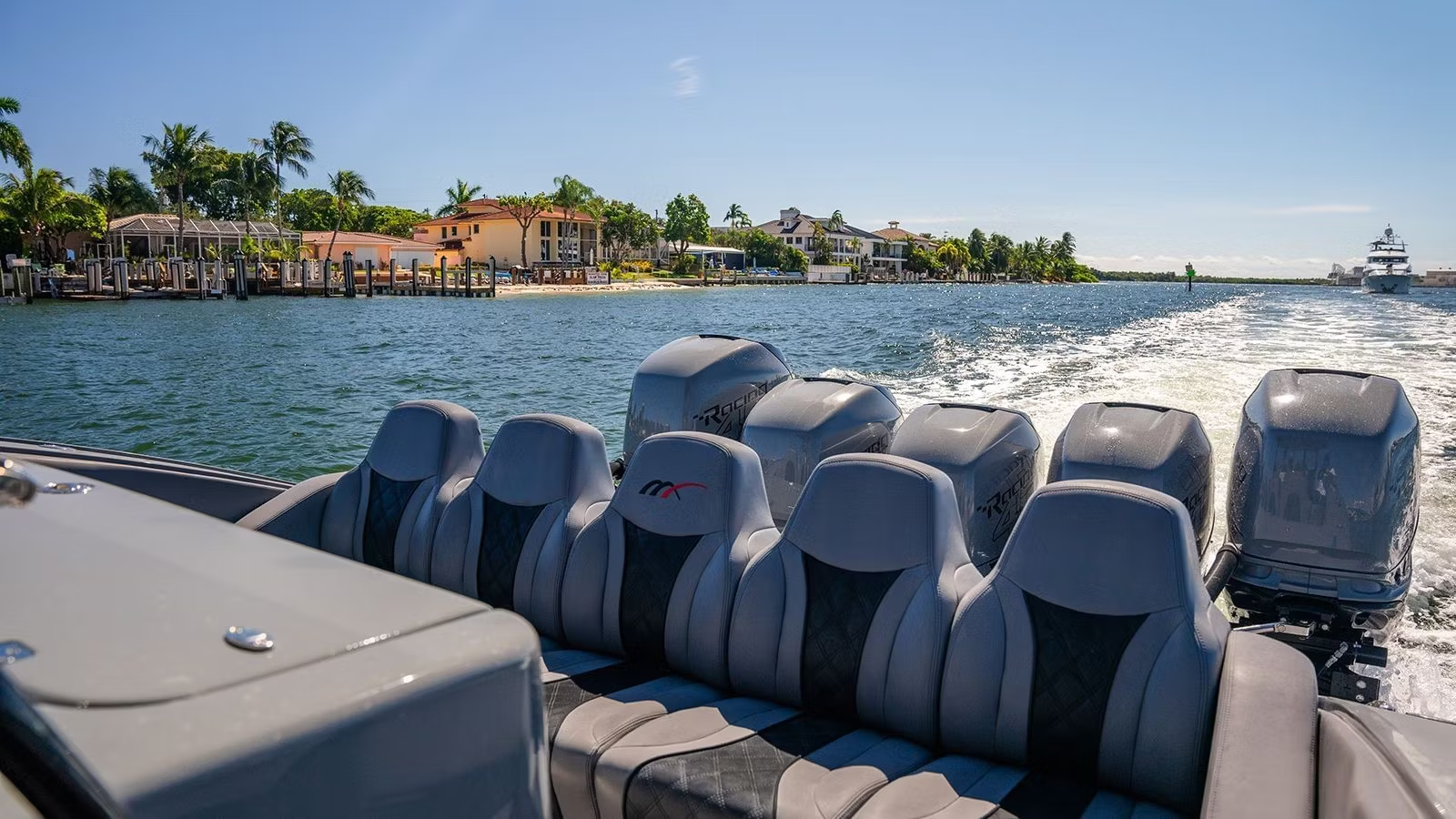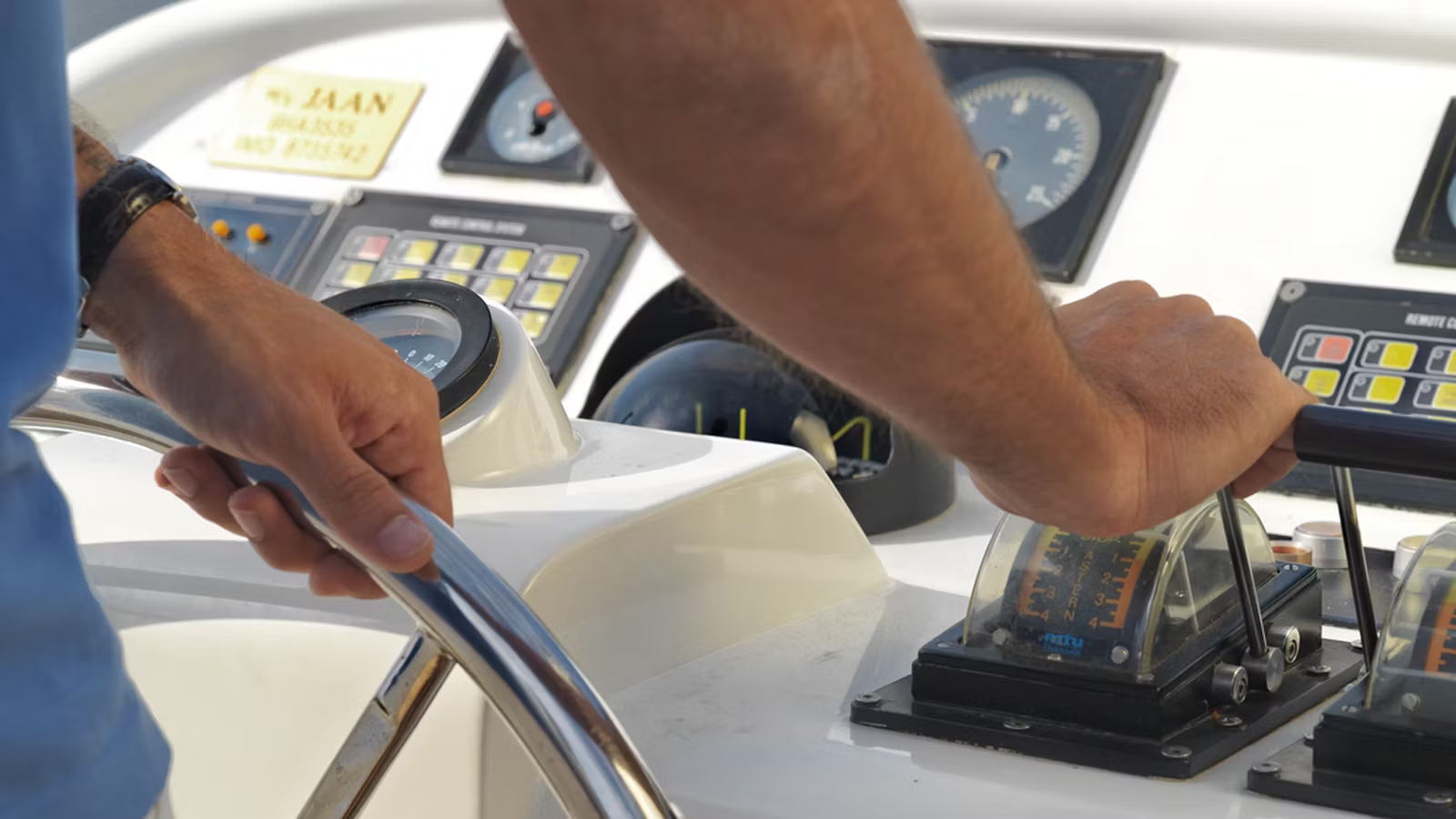
A Checklist for Safe Boating
As a well-known haven for yacht enthusiasts, Florida is a thriving center for yacht sales, and Fort Lauderdale stands out as a top destination. Yet, alongside the thrill of buying a new yacht, it is crucial to prioritize safety while out at sea.
Whether embarking on a fresh adventure with a new vessel or navigating the waters with a seasoned boat, the adherence to essential safety measures is paramount to ensure a secure and enjoyable boating experience. To maintain the optimal condition of your prized yacht, incorporating a proactive maintenance routine is key.
To guarantee that your yacht is consistently in top shape, here are some imperative maintenance tasks to keep in mind:
Maintenance Tasks to Keep in Mind
Verify Fluid Levels: Check engine oil, coolant, transmission fluid, and power steering fluid levels, and ensure the bilge pumps are functioning correctly.
Examine Hoses and Belts: Replace any cracked, brittle, or damaged hoses and belts, and tighten clamps as needed.
Check for Leaks: Conduct a thorough inspection of the engine and surrounding areas for leaks, promptly addressing any identified issues.
Ensure Battery Maintenance: Remove corrosion from battery terminals and securely fasten cables.
Test Navigation Lights: Confirm the proper operation of navigation lights for safe navigation.
Inspect Propellers: Check propellers for signs of damage or corrosion, taking appropriate action for repair or replacement.

A pre-departure checklist
Prior to departure, double-check all systems and equipment to ensure proper functionality and address any overlooked issues promptly.
A pre-departure checklist should include the following key items:
Secure Gear: Properly secure loose items such as chairs, life jackets, and water toys to prevent loss or damage during the journey.
Review Emergency Plans: Ensure all passengers are familiar with emergency equipment locations and procedures, assigning specific roles in case of an emergency.
Check Safety Equipment: Verify the condition and accessibility of safety equipment like life jackets, throwable flotation devices, fire extinguishers, and first aid kits.
Test VHF Marine Radio: Verify the functionality of the VHF marine radio for emergency communication.
File a Float Plan: Share trip details with a trusted contact, including departure and return times and passenger information, for added safety.

Before setting off
Follow these expert tips to ensure a smooth departure:
Life Jackets: Have a USCG-approved life jacket accessible for each person on board.
Throwable Flotation Device: Carry a throwable flotation device for emergencies.
Fire Extinguishers: Equip your yacht with appropriate fire extinguishers and familiarize yourself with their operation.
Visual Distress Signals: Adhere to federal and state requirements for visual distress signals as needed.
Sound-making Devices: Ensure you have sound-making devices on board for compliance with navigation rules.
Having a safety-minded approach is vital for all yacht owners, ensuring a secure and pleasant boating experience for everyone on board. By placing a strong emphasis on the well-being of passengers and crew members through safety measures, maintaining necessary equipment, and following maritime rules, a culture of safety and readiness is developed at sea. This commitment allows yacht enthusiasts to fully enjoy their maritime adventures, navigating with assurance and composure, confident in their preparedness for any emergency that may arise.
In the ever-changing and unpredictable conditions of the seas, constant vigilance and preparedness are crucial for effectively handling any potential crises. Whether embarking on a relaxed cruising or a challenging trek across the waters, prioritizing safety and readiness enriches the overall boating experience, granting enthusiasts the freedom to revel in the beauty and wonder of the ocean with a sense of tranquility and unshakable assurance.